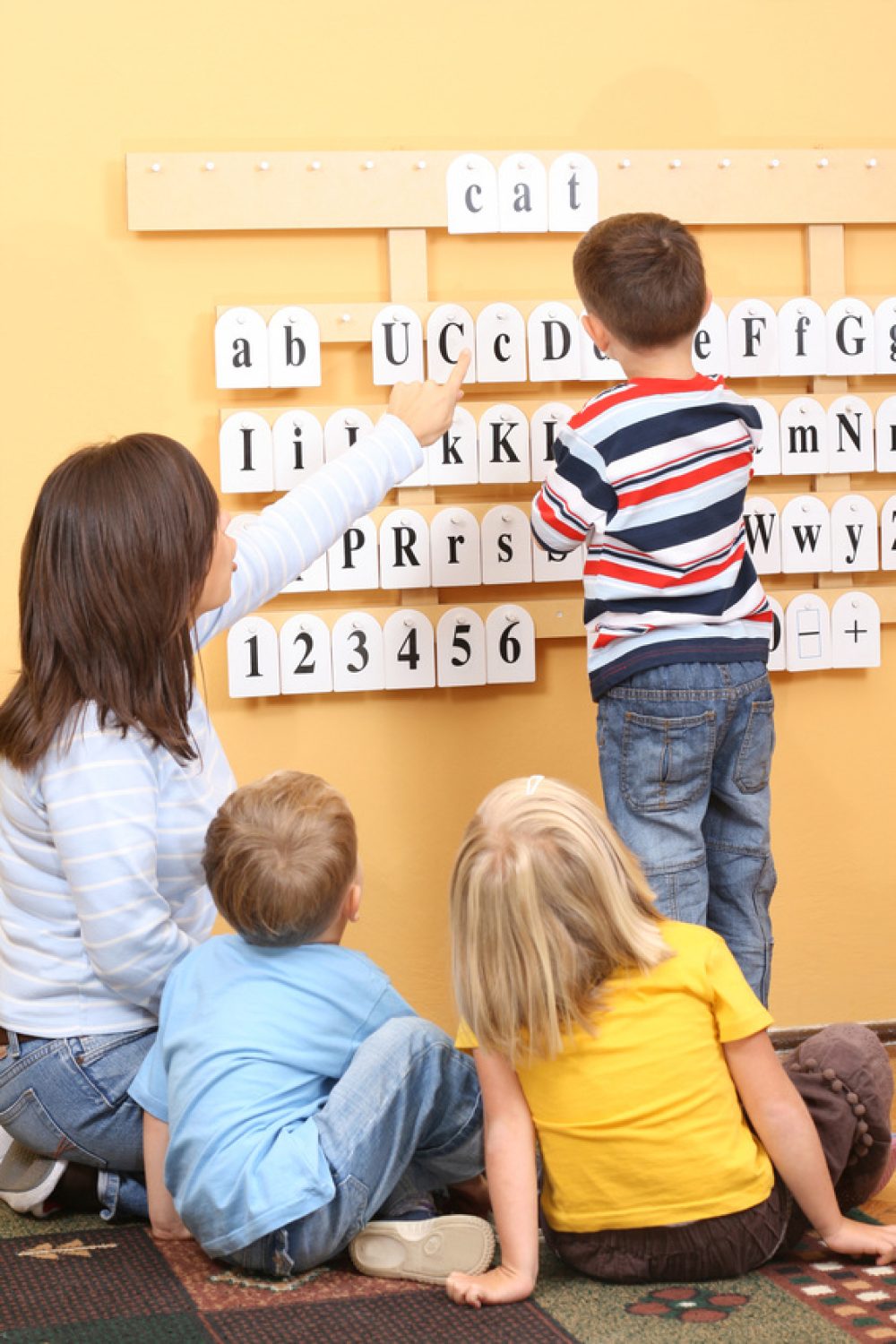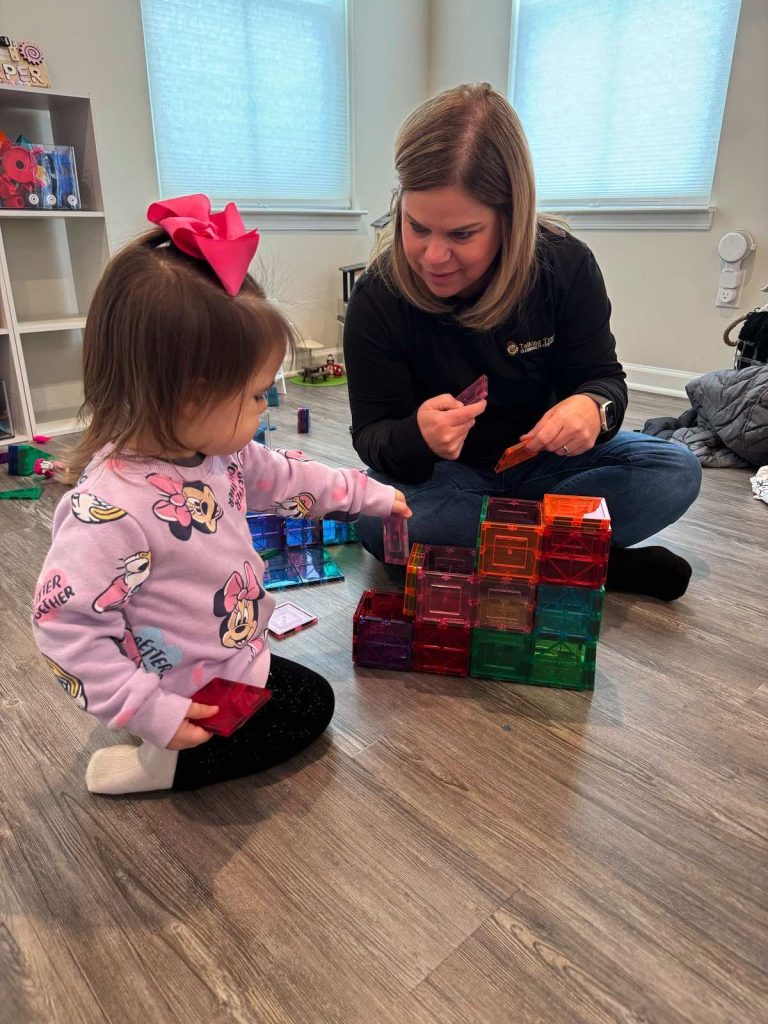Speech-language pathologists (SLPs) work to assess, diagnose, and treat speech, language, social communication, cognitive-communication, and swallowing disorders in children and adults. This may include a child who has difficulty producing speech sounds correctly or fluently (stutters). Some kids have language disorders and have trouble understanding others (receptive language), or sharing thoughts, ideas, and feelings (expressive language) and/or use (pragmatics) of language in functional and socially appropriate ways.
SLP’s work on:

Speech Language Pathologists have Master’s level degrees in communication disorders from accredited university programs. They must complete the required clinical experiences and pass a National exam. They hold the Certificate of Clinical Competence (CCC) from the American Speech Language Hearing Association (ASHA), have professional licensure granted by the state of Indiana, and pass the First Steps certification process. They participate in hours of continuing education each year to stay up to date on the latest research findings and therapy techniques.
